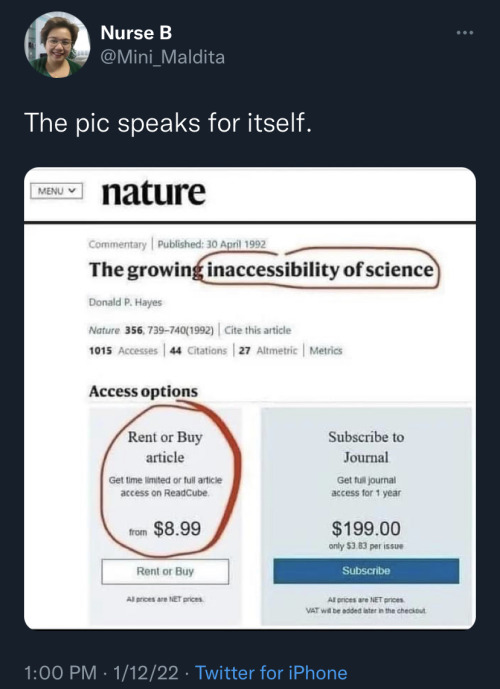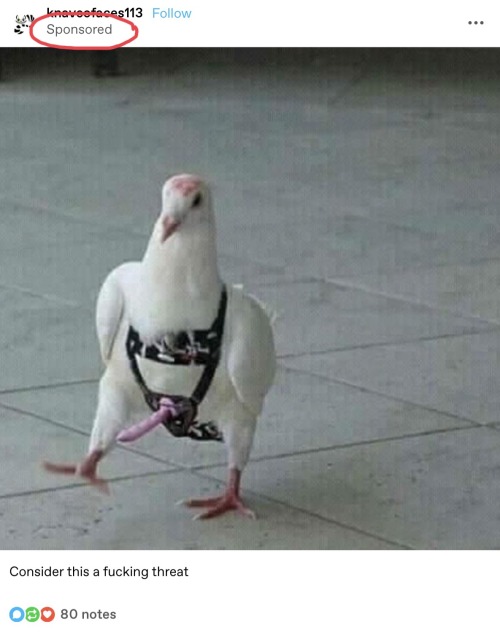Latest Posts by eggxecutive-dysfunction - Page 2
A Beginner’s Guide to Advanced Air Mobility

Soaring over traffic in an air taxi, receiving packages faster, and participating in a sustainable, safer mode of transportation: all could be possible with a revolutionary new type of air transportation system in development called Advanced Air Mobility (AAM).
AAM could include new aircraft developed by industry, called electric vertical takeoff and landing vehicles, or eVTOLs, for use in passenger, package, or cargo delivery. It may also include new places for these aircraft to take off and land called vertiports.
Our work in Advanced Air Mobility will transform the way people and goods will move through the skies. This includes using Advanced Air Mobility for public good missions such as disaster, medical, and wildfire response.
What is Advanced Air Mobility?
Our vision for Advanced Air Mobility is to map out a safe, accessible, and affordable new air transportation system alongside industry, community partners, and the Federal Aviation Administration.

Once developed, passengers and cargo will travel on-demand in innovative, automated aircraft called eVTOLs, across town, between neighboring cities, or to other locations typically accessed today by car.
What are the benefits of Advanced Air Mobility?
The addition of Advanced Air Mobility will benefit the public in several ways: easier access for travelers between rural, suburban, and urban communities; rapid package delivery; reduced commute times; disaster response, and new solutions for medical transport of passengers and supplies.

What are the challenges associated with Advanced Air Mobility?
Various NASA simulation and flight testing efforts will study noise, automation, safety, vertiports, airspace development and operations, infrastructure, and ride quality, along with other focus areas like community integration.
These areas all need to be further researched before Advanced Air Mobility could be integrated into our skies. We’re helping emerging aviation markets navigate the creation of this new transportation system.
When will Advanced Air Mobility take off?
We provide various test results to the FAA to help with new policy and standards creation. We aim to give industry and the FAA recommendations for requirements to build a scalable Advanced Air Mobility system to help enable the industry to flourish by 2030.

Make sure to follow us on Tumblr for your regular dose of space!

Antares, Fire Dust


I immersed in the colony, the rookery, looking up at excited birds and listening to wonderful vocalizations in amazement, all among parked cars and people wondering what the heck was wrong with me.

Saatkrähen (rooks) im Stadtgarten, Stuttgart-Mitte.


Emily Sutton

speaking of my highly specific 1970s cultural knowledge. people really liked this post on twitter

never underestimate the healing power of a patch of sunlight

Elsa. Värmland, Sweden (April 24, 2022).

I almost forgot 😅 American Crow scribbled real fast, feather shapes are wrong and proportions are wack but it’s already tomorrow and I’m behind as is haha.
Inktober 09

The road to the Vehicle Assembly Building at Kennedy Space Center. Completed in 1966, the VAB was originally intended for the vertical stacking of the Saturn V rocket during the Apollo Program era. During the Space Shuttle era, shuttle orbiters were mounted to fuel tanks & rocket boosters. The VAB is the tallest building (outside an urban area) in the US. It was the tallest building in Florida until 1974 & is the largest single story building in the world at 526 feet. At 129,428,000 cubic feet, it’s larger than your average 1-bedroom apartment.
my grandma has this 115 year old picture book, and apparently in 1907 they would just let you publish anything




skrunklies
some stock image woodpeckers for your viewing pleasure



I’m never leaving this website
New Sun Science Stamps from the U.S. Postal Service
To start off the summer, the U.S. Postal Service issued a set of stamps showcasing views of the Sun from our Solar Dynamics Observatory!

Since its launch in 2010, the Solar Dynamics Observatory (or SDO) has kept up a near-constant watch on the Sun from its vantage point in orbit around Earth. SDO watches the Sun in more than 10 different types of light, including some that are absorbed by Earth’s atmosphere so can only be seen from space. These different types of light allow scientists to study different parts of the Sun – from its surface to its atmosphere – and better understand the solar activity that can affect our technology on Earth and in space.

The new set of stamps features 10 images from SDO. Most of these images are in extreme ultraviolet light, which is invisible to human eyes.
Let’s explore the science behind some of the stamps!
Coronal hole (May 2016)

The dark area capping the northern polar region of the Sun is a coronal hole, a magnetically open area on the Sun from which high-speed solar wind escapes into space. Such high-speed solar wind streams can spark magnificent auroral displays on Earth when they collide with our planet’s magnetic field.
Solar flare (August 2011)

The bright flash on the Sun’s upper right is a powerful solar flare. Solar flares are bursts of light and energy that can disturb the part of Earth’s atmosphere where GPS and radio signals travel.
Active Sun (October 2014)

This view highlights the many active regions dotting the Sun’s surface. Active regions are areas of intense and complex magnetic fields on the Sun – linked to sunspots – that are prone to erupting with solar flares or explosions of material called coronal mass ejections.
Plasma blast (August 2012)

These images show a burst of material from the Sun, called a coronal mass ejection. These eruptions of magnetized solar material can create space weather effects on Earth when they collide with our planet’s magnetosphere, or magnetic environment – including aurora, satellite disruptions, and, when extreme, even power outages.
Coronal loops (July 2012)

These images show evolving coronal loops across the limb and disk of the Sun. Just days after these images were taken, the Sun unleashed a powerful solar flare.
Coronal loops are often found over sunspots and active regions, which are areas of intense and complex magnetic fields on the Sun.
Sunspots (October 2014)

This view in visible light – the type of light we can see – shows a cluster of sunspots near the center of the Sun. Sunspots appear dark because they are relatively cool compared to surrounding material, a consequence of the way their extremely dense magnetic field prevents heated material from rising to the solar surface.
For more Sun science, follow NASA Sun on Twitter, on Facebook, or on the web.
Make sure to follow us on Tumblr for your regular dose of space!











on graduation & parting ways
Night of the Woods: Chapter 3 / unknown / When We Were Young - Adele / We May Never Pass This Way (Again) - Seals and Crofts / Mikko Harvey, for M / John Berger, “Will it be a likeness?” from The Shape of a Pocket / forever - Charli XCX / Lemony Snicket, The Beatrice Letters / nice2KnoU - All Time Low / @alisonzai
![“Reconsidering The Pigeon” - Photographs By Leila Jeffreys [via]](https://64.media.tumblr.com/0d5715e3f7b8af73f1fb75c88bcb7510/tumblr_p0txxhghyi1qf9q3lo1_500.jpg)
![“Reconsidering The Pigeon” - Photographs By Leila Jeffreys [via]](https://64.media.tumblr.com/0bce75082f18517089139ca7cc0f3b53/tumblr_p0txxhghyi1qf9q3lo6_500.jpg)
![“Reconsidering The Pigeon” - Photographs By Leila Jeffreys [via]](https://64.media.tumblr.com/aca4d520639b3e8f09e774939be47748/tumblr_p0txxhghyi1qf9q3lo8_500.jpg)
![“Reconsidering The Pigeon” - Photographs By Leila Jeffreys [via]](https://64.media.tumblr.com/73ce161fc9d2cab2f259445c5d8ef6bd/tumblr_p0txxhghyi1qf9q3lo4_500.jpg)
![“Reconsidering The Pigeon” - Photographs By Leila Jeffreys [via]](https://64.media.tumblr.com/7759bc641f6a9ee0883498d85906fb1b/tumblr_p0txxhghyi1qf9q3lo3_500.jpg)
![“Reconsidering The Pigeon” - Photographs By Leila Jeffreys [via]](https://64.media.tumblr.com/72295b0a078ae6f72c1a47b0853cc79b/tumblr_p0txxhghyi1qf9q3lo5_500.jpg)
![“Reconsidering The Pigeon” - Photographs By Leila Jeffreys [via]](https://64.media.tumblr.com/cc0c5aaf6b5925ee29bf2d837cb4574a/tumblr_p0txxhghyi1qf9q3lo10_500.jpg)
![“Reconsidering The Pigeon” - Photographs By Leila Jeffreys [via]](https://64.media.tumblr.com/18e9b0846b99ee94fba0c5aea3242d07/tumblr_p0txxhghyi1qf9q3lo2_500.jpg)
![“Reconsidering The Pigeon” - Photographs By Leila Jeffreys [via]](https://64.media.tumblr.com/aabd63d8479741993717034c1a14eb1e/tumblr_p0txxhghyi1qf9q3lo7_500.jpg)
![“Reconsidering The Pigeon” - Photographs By Leila Jeffreys [via]](https://64.media.tumblr.com/7cbbdc70da5dc6f38a40f774eaa1d582/tumblr_p0txxhghyi1qf9q3lo9_500.jpg)
“Reconsidering The Pigeon” - photographs by Leila Jeffreys [via]


Okay, but what if there were dinosaurs that did the heron thing?










Here’s the horror comic I drew for this year’s 24 hour comic day/48 hour comic weekend, called “The Night-Mother”.
Content warnings: miscarriage, child loss, violence, death, nudity













